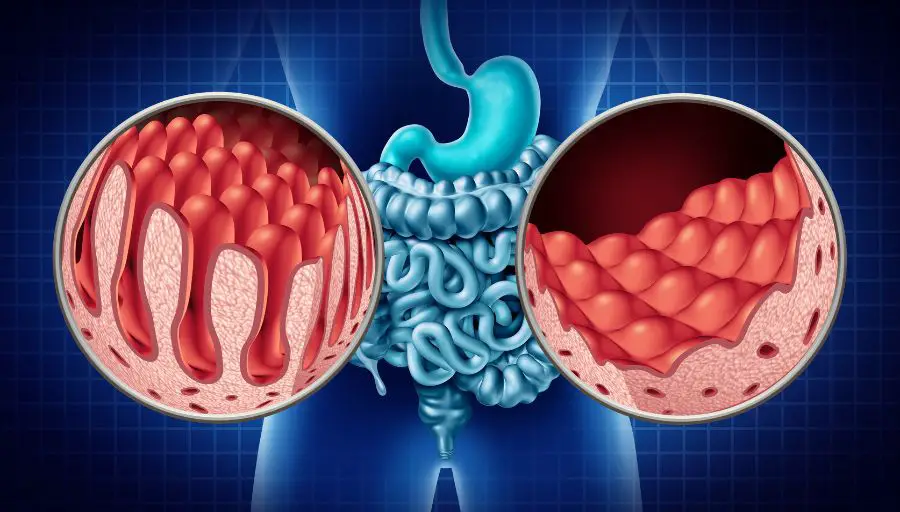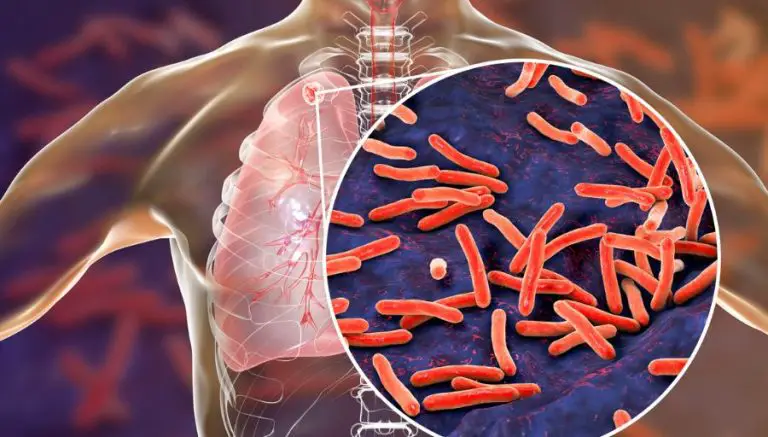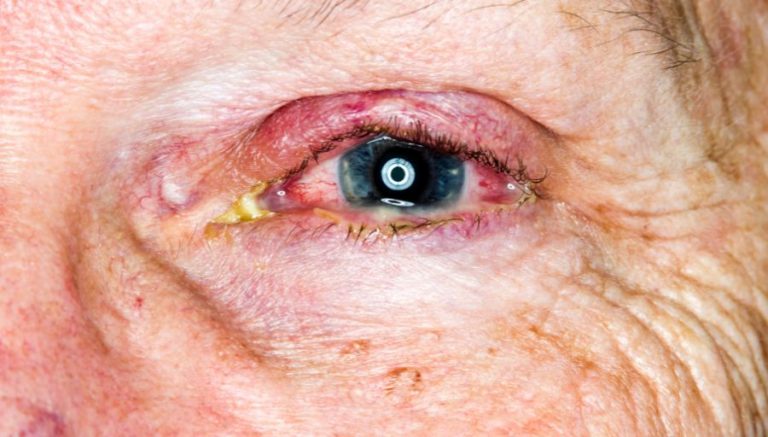Comprehensive Insights into Intestinal Infectious Diseases: A Gateway to Clustered Knowledge
This article represents a summary of intestinal infectious diseases. We’ll cover Cholera, Typhoid and paratyphoid fevers, Salmonella infections, Shigellosis, Amebiasis, Bacterial intestinal infections, Bacterial foodborne intoxication, Protozoal intestinal diseases, and Viral and other specified intestinal infections.
1. Cholera
The bacterium Vibrio cholerae, typically ingested with water and food contaminated by feces, causes cholera, an infection that affects the gastrointestinal system.
1.1 Symptoms
A patient with cholera can experience severe watery diarrhea, vomiting, and cramps in the legs; in severe cases, the patient may become highly dehydrated, go into shock, and even die.
1.2 Diagnosis
Laboratory tests of the patient’s feces can detect the Vibrio cholera bacterium. Treatment includes rehydration with oral or intravenous fluids and, in severe cases, antibiotics; less severe cases generally resolve without antibiotics.
1.3 Treatment
Providers may vaccinate patients who plan to travel to countries with known poor sanitation, but the vaccine’s effectiveness lasts only a few months and does not protect half the patients who receive it.
2. Typhoid and paratyphoid fevers
Salmonella typhi and Salmonella paratyphi, typically spread through contaminated water and food, cause typhoid and paratyphoid fever, respectively. These fevers cause an infection that affects the gastrointestinal system; typhoid fever is more severe than paratyphoid and sometimes life–threatening.
2.1 Symptoms
A patient with typhoid or paratyphoid fever can experience high fever, stomach pains, headache, and loss of appetite; the patient may also have rose–colored spots on the skin.
2.2 Diagnosis
Laboratory tests of the patient’s stools can detect the salmonella bacterium.
2.3 Treatment
Treatment includes antibiotics and, in severe cases,–high-dose dexamethasone. Providers may choose to vaccinate patients who plan to travel to countries with known poor sanitation.
3. Salmonella infections
A Salmonella infection is a foodborne illness typically acquired from eating undercooked meat and eggs or unwashed fruit and vegetables contaminated by bacteria from the Salmonella family. The provider identifies a type of Salmonella other than Salmonella typhi or S. paratyphi.
3.1 Symptoms
A patient with a salmonella infection can experience high fever, stomach pains, diarrhea, and loss of appetite; the patient may also have blood in the stool.
3.2 Diagnosis
Laboratory tests of the patient’s stools can detect the Salmonella bacterium.
3.3 Treatment
Treatment includes antibiotics. Providers may vaccinate patients who plan to travel to countries with known poor sanitation.
4. Shigellosis
Four different species of Shigella bacteria, typically ingested with water and food contaminated by feces, cause shigellosis, an infection that affects the gastrointestinal system.
4.1 Symptoms
A patient with shigellosis can experience diarrhea, abdominal pain, fever, and rectal pain on straining to pass stool; in severe cases, the patient may become highly dehydrated or pass bloody stools. Rare complications include seizures in children, bloodstream infection, post–infectious arthritis in the genetically predisposed, and even hemolytic–uremic syndrome (HUS), which is characterized by anemia due to the destruction of red blood cells (hemolysis), renal failure (uremia), and ecchymoses or purpura (small bluish-purple spots due to leaking vessels under the skin).
4.2 Diagnosis
Laboratory tests of the patient’s feces can detect the shigella bacterium; other tests can determine the most effective antibiotic(s).
4.3 Treatment
Treatment includes rehydration with oral or intravenous fluids and, in severe cases, antibiotics; less severe cases generally resolve without antibiotics. No vaccines are available for shigellosis.
5. Bacterial intestinal infections
Bacterial intestinal infection, typically acquired from water and food contaminated by feces, causes an infection that affects the gastrointestinal system.
5.1 Symptoms
A patient with intestinal bacterial infection can experience diarrhea, stomach pain, and fever; in severe cases (those caused by strains that produce Shiga toxin), the patient may become highly dehydrated; children may develop seizures and even hemolytic–uremic syndrome (HUS), which is characterized by anemia due to the destruction of red blood cells (hemolysis), renal failure (uremia), and ecchymoses or purpura (small bluish-purple spots due to leaking vessels under the skin).
5.2 Diagnosis
Laboratory tests of the patient’s feces can detect the bacterium, and culture and sensitivity can identify the most effective antibiotic(s). Specific amplification techniques may be used to classify virulent strains.
5.3 Treatment
Treatment includes rehydration with oral or intravenous fluids and, in severe cases, antibiotics; less severe cases generally resolve without antibiotics.
6. Bacterial foodborne intoxication
A bacterial foodborne intoxication refers to an irritation or infection of the gastrointestinal (GI) system usually acquired from eating undercooked meat and eggs or unwashed fruit and vegetables contaminated by toxins released by bacteria.
6.1 Symptoms
A patient with bacterial foodborne intoxication can experience diarrhea, nausea, vomiting, headache, fever, and chills; in severe cases, the patient may have abdominal cramps, watery/bloody diarrhea, and extreme dehydration.
6.2 Diagnosis
Laboratory tests of the patient’s feces and vomit can detect the bacterium.
6.3 Treatment
Treatment includes rehydration with oral or intravenous fluids and, in severe cases, antibiotics; less severe cases generally resolve without antibiotics. Providers may vaccinate patients who plan to travel to countries with known poor sanitation, but the vaccine’s effectiveness lasts only a few months and does not protect half the patients who receive it.
7. Amebiasis
The parasite Entamoeba histolytica, typically ingested with water and food contaminated by feces, causes amebiasis, an infection that affects the intestines. Amebiasis is also known as amebic dysentery/intestinal amebiasis/amebic colitis/diarrhea–amebiasis.
7.1 Symptoms
A patient with amebiasis can experience severe watery diarrhea, abdominal cramps, fatigue, excessive gas formation, rectal pain with bowel movement, and weight loss; in severe cases, the patient may have bloody stools, fever, vomiting, and abdominal tenderness.
7.2 Diagnosis
Providers diagnose the condition based on the patient’s symptoms, history of overseas travel, and physical examination. Laboratory tests of the patient’s blood and feces can detect the organism.
7.3 Treatment
Treatment includes the use of antibiotics and rehydration with oral or intravenous fluids. Providers may educate patients who plan to travel to countries with poor sanitation to eat properly cooked vegetables and peeled fruit and drink boiled or purified water.
8. Protozoal intestinal diseases
Parasites such as Entamoeba histolytica, Giardia lamblia, and others, usually ingested with water and food contaminated by feces, can cause protozoal intestinal diseases, such as amebiasis, giardiasis, etc. These diseases typically lead to an infection of the intestines.
8.1 Symptoms
A patient with protozoal intestinal diseases can experience severe watery diarrhea, abdominal cramps, fatigue, excessive gas formation, rectal pain with bowel movement, and weight loss; in severe cases, the patient may have bloody stools, fever, vomiting, and abdominal tenderness.
8.2 Diagnosis
Providers diagnose the condition based on the patient’s symptoms, history of overseas travel, and physical examination. Laboratory tests of the patient’s blood and feces can detect the organism.
8.3 Treatment
Treatment includes using antiprotozoal drugs such as metronidazole to destroy the parasite and rehydration with oral or intravenous fluids. Providers may educate patients who plan to travel to countries with poor sanitation to eat appropriately cooked vegetables and peeled fruit and drink boiled or purified water.
9. Viral and other specified intestinal infections
A viral intestinal infection, also called viral gastroenteritis or “stomach flu,” refers to an illness acquired from ingesting food or water contaminated by disease–causing virus or direct contact with an infected individual.
9.1 Symptoms
A patient with viral gastroenteritis can experience diarrhea, vomiting, abdominal or stomach cramps, fever, joint or muscle pain, and weight loss.
9.2 Diagnosis
Providers diagnose the condition based on the patient’s symptoms, history, and physical examination. Laboratory tests of the patient’s feces can rule out bacteria or parasites as the cause of the infection.
9.3 Treatment
Treatment includes rehydration with oral or intravenous fluids and other symptomatic treatments such as antidiarrheal drugs. Antibiotics do not work for viruses. Providers may educate patients on disease prevention by washing hands before consuming food. Early vaccination is recommended for infants to prevent such infections.









